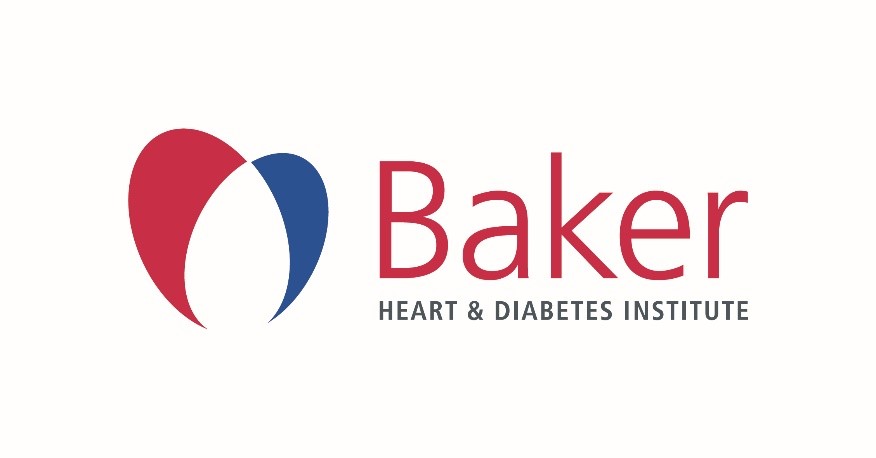Analysis of Annotated and Unannotated Long Noncoding RNAs from Exosome Subtypes Using Next-Generation RNA Sequencing.
Wittaya Suwakulsiri; Maoshan Chen; David W Greening; Rong Xu; Richard J Simpson
Abstract
Long noncoding RNAs (lncRNAs) contain >200 nucleotides and act as regulatory molecules in transcription and translation processes in both normal and pathological conditions. LncRNAs have been reported to localize in nuclei, cytoplasm, and, more recently, extracellular vesicles such as exosomes. Exosomal lncRNAs have gained much attention as exosomes secreted from one cell type can transfer their cargo (e.g., protein, RNA species, and lipids) to recipient cells and mediate phenotypic changes in the recipient cell. In recent years, many exosomal lncRNAs have been discovered and annotated and are attracting much attention as potential markers for disease diagnosis and prognosis. It is expected that many exosomal lncRNAs are yet to be identified. However, characterization of unannotated exosomal RNAs with non-protein-coding sequences from massive RNA sequencing data is technically challenging. Here, we describe a method for the discovery of annotated and unannotated exosomal lncRNA. This method includes a large-scale isolation and purification strategy for exosome subtypes, using the human colorectal cancer cell line (LIM1863) as a model. The method inputs RNA sequencing clean reads and performs transcript assembly to identify annotated and unannotated exosomal lncRNAs. Cutoffs (length, number of exon, classification code, and human protein-coding probability) are used to identify potentially novel exosomal lncRNAs. Raw read count calculation and differential expression analysis are also introduced for downstream analysis and candidate selection. Exosomal lncRNA candidates are validated using RT-qPCR. This method provides a template for exosomal lncRNA discovery and analysis from next-generation RNA sequencing.
| Journal | METHODS IN MOLECULAR BIOLOGY (CLIFTON, N.J.) |
| ISSN | 1940-6029 |
| Published | 01 Jan 2021 |
| Volume | 2254 |
| Issue | |
| Pages | 195-218 |
| DOI | 10.1007/978-1-0716-1158-6_12 |
| Type | Journal Article | Research Support, Non-U.S. Gov't |
| Sponsorship |


